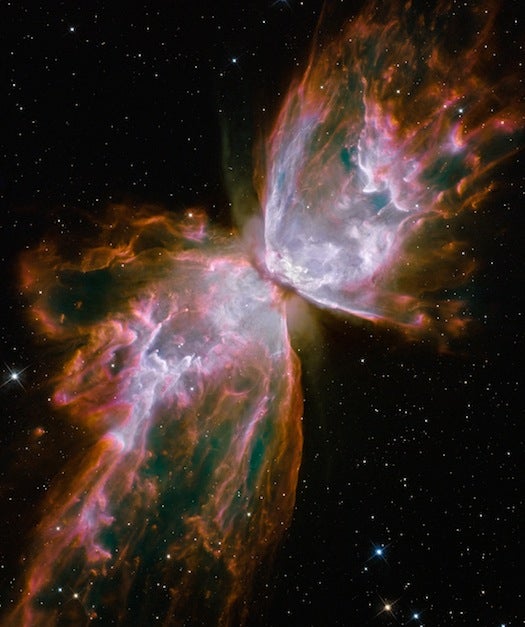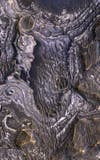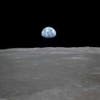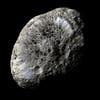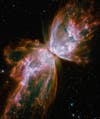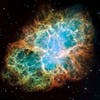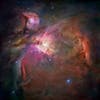A new exhibit at the National Maritime Museum in London celebrates the beauty of space photography and its role in scientific discoveries. Up until September 15, Visions of the Universe will feature more than 100 dazzling images of space.
The exhibit takes visitors on a cosmic journey, covering everything from the earliest findings of Galileo to the latest footage from the Mars rover Curiosity. Highlights include Edwin Hubble’s breakthrough 1923 photograph, which confirmed the existence of galaxies beyond the Milky Way, and the centerpiece “Mars Window,” a curved wall onto which images are projected, creating the impression of looking through a giant window out to the Martian landscape.
Check out our gallery for more supernova fun!
Click here to enter the gallery
Martian Rock Deposits
Color variations in deposits shown in landscape images of Mars, like this one taken in 2007 by NASA’s Mars Reconnaissance Orbiter, have revealed strong evidence that water once existed here.
Dizzying View from Apollo 11
When astronaut Neil Armstrong saw this now-iconic view of Earth from the Apollo 11 spacecraft in 1969 he said, “It suddenly struck me that that tiny pea, pretty and blue, was the Earth. I put up my thumb and shut one eye, and my thumb blotted out the planet Earth. I didn’t feel like a giant. I felt very, very small.”
One Small Step For Man…
And a giant leap for space photography! Here’s Buzz Aldrin setting foot on the moon on July 20, 1969.
Hyperion
One of more than 60 of Saturn’s moons, Hyperion consists largely of ice. Its surface is covered in irregular, sharp-edged craters dusted with a mysterious dark material, which is thought to have originated on Phoebe, another of Saturn’s moons.
Saturn’s Rings
Saturn’s ring system was captured here using an advanced image-processing technique that allowed scientists to observe the varying densities of the icy particles.
Butterfly Nebula
Captured by the Hubble Space Telescope in 2009, this photograph shows the death of a star. As its internal nuclear furnace begins to fail, its outer layers are expelled back into space, creating a butterfly effect.
Crab Nebula
When the nuclear fuel of a massive star 10 times the size of the sun runs out, the core collapses, triggering a huge explosion that leaves supernova debris like the Crab Nebula in its wake.
Galilean Moons
Jupiter’s four largest moons– Io, Europa, Ganymede and Callisto, (from left to right)–were first observed by Galileo in 1610. The planet has more than 60 moons total.
Orion Nebula
This striking view of the Orion Nebula, the nearest star-forming region to the Earth, shows more than 3,000 stars at various stages of formation.
Sombrero Galaxy
Resembling the traditional Mexican accessory, this spiral galaxy consists of a flat disc of stars surrounding a brilliant white core. Though it looks enticing, it conceals a massive black hole containing matter equivalent to a billion Suns.
